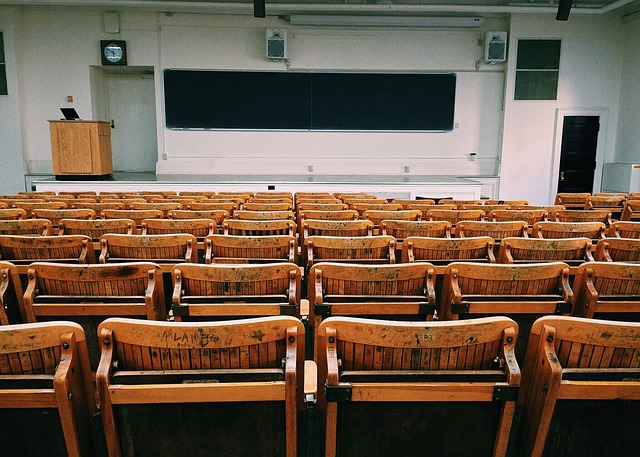By Tim Lambert
c. 1,200 BC Boys from well-off families in Egypt learned reading, writing, and arithmetic. There is evidence that some women could read and write in Ancient Egypt
c. 100 AD Boys and girls in Roman Britain go to a school called a ludus to learn reading and writing. At about the age of 12, boys went on to learn rhetoric, history, literature, and geometry. Upper-class Roman women were often highly educated at home by tutors.
c. 1100 Salerno in Italy is famous for its medical school. Women are allowed to study there.
1209 Cambridge University is founded
1382 Winchester College is founded
1440 Eton is founded
16th Century Boys went to grammar schools (if their parents could afford it). Some boys went on to university. Girls did not go to school. However, girls from well-off families were usually educated at home. Tutors taught upper-class girls. Their mothers taught middle-class girls reading, writing, arithmetic, and skills like sewing.
1636 In North America, Harvard University is founded
17th Century In England, boys still go to grammar schools or public schools. In towns, boarding schools for girls are founded.
18th Century Boys still go to grammar schools. Girls from well-off families still go to boarding schools. Boys and girls from slightly better-off working schools often go to private schools called dame schools, where they are taught reading and writing. Charity schools called Blue Coat Schools are founded in many towns.
1811 The National Society for Promoting the Education of the Poor is founded by the Church of England to provide schools
1814 The British and Foreign Schools Society is founded by non-conformists (Protestants who do not belong to the Church of England) to provide schools.
1833 In Britain the government starts giving grants to church-provided schools
1841 In the USA, 3 women gain bachelor degrees from Oberlin College. They are the first American women to gain bachelor’s degrees.
1865 In the USA, Cornell University is founded
1870 In Britain the state begins providing schools for boys and girls. In the USA, Ada Kepley becomes the first American woman to obtain a law degree.
1877 Helen Magill White is the first woman in the USA to gain a PhD
1880 Three women are granted degrees by the University of London. They are the first women to be given degrees by a British University. In the UK, education is made compulsory for 5 to 10-year-olds.
1893 In Britain, the minimum school leaving age is set at 11
1899 In Britain, the minimum school leaving age is set at 12
1905 In the US, Nora Stanton Blatch Barney is the first woman to gain a degree in engineering
1918 In the UK, the school leaving age is raised to 14
1948 In Britain, the school leaving age is raised to 15
1973 In Britain, the school leaving age is raised to 16
1992 In Britain all polytechnics become universities
